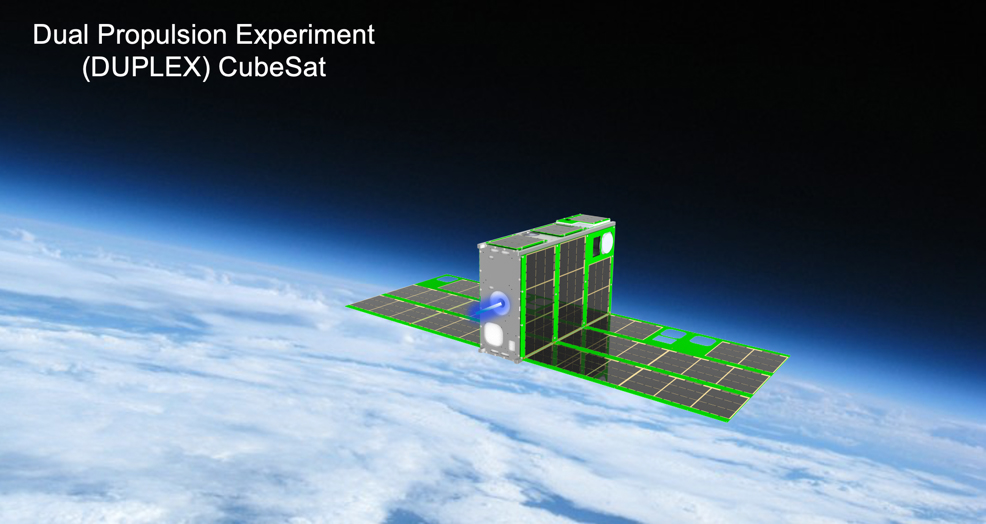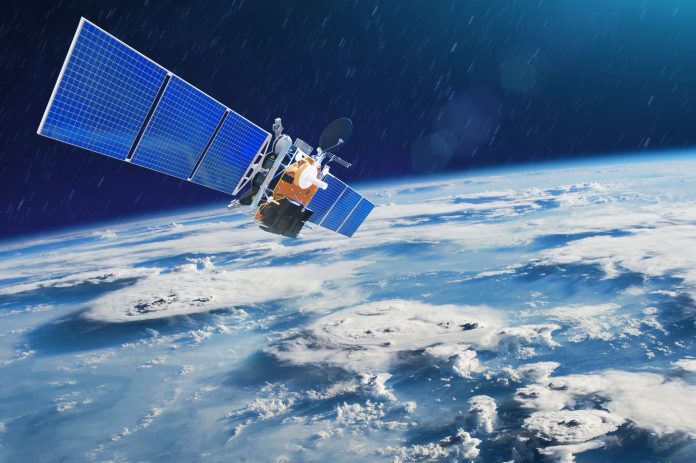Dr David Carroll, CU Aerospace LLC, says that there are advantages to nano-satellites and the Space 2.0 environment, but they exacerbate the problem of orbital debris
“Space 2.0” is largely driven by the concept of “small, cheap, and many.” When we think about how much technology we can fit in a mobile phone today it is easy to recognise that a “nano” satellite the size of a 10 cm cube can potentially pack quite a punch. Such a 10 cm cube satellite is called a “1U CubeSat” where the U stands for unit and equals a volume of 1 litre. Typically, these CubeSats come in 3U or 6U configurations, though larger versions are becoming more popular. While there are many advantages to these nano-satellites and the evolution of the Space 2.0 environment, they are exacerbating the problem of orbital debris.
There are presently approximately 2,000 operational satellites in low Earth orbit (LEO) at altitudes of less than 2,000 km, and another 700 in higher altitude orbits. But there are over 30,000 pieces of debris larger than 10 cm in size, and over 100 million objects smaller than 1 cm. While the volume of space is vast and present probabilities of impact are low, a less than 1 cm object travelling at a relative velocity of 10 kilometres per second can be catastrophic to satellites in space. Or worse, catastrophic to a space vehicle with humans aboard.
Increasing number of satellites & collisions
Over the last two-and-a-half years, SpaceX has launched over 700 Starlink communications satellites with plans to launch upwards of a total of 30,000 into LEO. Other companies are also planning on adding thousands more satellites. There are growing complaints from the astronomical community that these satellites are negatively impacting observational and radio astronomy.
Collisions between vehicles or existing debris can result in a cascade effect called the Kessler Syndrome – ultimately creating a runaway escalation of space debris. If too much debris exists, the probability of colliding with an object in orbit becomes large enough that satellites can no longer be launched into orbit without collision. Such a situation would not only be damaging for Space 2.0 but would completely eliminate a budding space tourism industry. Simply put, collisions are to be avoided at all costs.
A “responsible space” approach
The way to avoid such a catastrophe from a proliferation of new satellites is through a “responsible space” approach to our growing industry. Some in the space industry compare LEO to a campsite in that it is a public area to be used responsibly, “shared space, leave no trace.” Therefore, responsible space includes methods to attempt deorbiting of existing space debris, and more importantly providing some form of propulsion on all future spacecraft for deorbiting. The current international guideline is that LEO spacecraft are deorbited within 25 years of the end of mission. This requirement is generally believed to be grossly inadequate for the planned acceleration of satellite launches, and it is broadly agreed that a five-year deorbit rule should be the maximum.


Another advantage of onboard propulsion is that such equipped satellites can not only deorbit the spacecraft at the end of its useful lifetime, but can be fired briefly during regular operations for collision avoidance purposes. In-space collisions would likely lead to very strict regulations, and regulations will almost certainly raise costs and inhibit the growth of the industry. Therefore, collision avoidance is often considered to be as important as de-orbiting abilities.
Propulsion and deorbit solutions
In an effort to provide a responsible space option to existing and future satellite manufacturers, there are a number of companies worldwide who are starting to provide propulsion and deorbit solutions. Champaign-Urbana Aerospace (CUA), located in Champaign, Illinois, in the United States, is one such company. CUA has developed five innovative micropropulsion systems that represent tipping point technologies for future integration and flight on micro/nanosatellites. The company takes pride in its ability to innovate and develop quality new solutions for the ever-evolving aerospace environment. The CUA family of micropropulsion systems provide a broad range of capabilities from high thrust to high specific impulse to best suit the needs of the customer.
CUA’s five micropropulsion system offerings for satellites
CUA’s Propulsion Unit for CubeSats (PUC) utilises a micro-plasma discharge thruster for a highly compact warm gas system. The CubeSat High-Impulse Propulsion System (CHIPS) uses a micro-resistojet warm-gas thruster combined with attitude control thrusters to provide a versatile multi-axis package. To dramatically lower system cost, CUA has now developed two polymer-based fiber propellant systems in which the fiber is stored and fed from a simple spool. The Monofilament Vaporization Propulsion (MVP) system uses 3D printing technologies to feed and melt the fiber followed by the CHIPS micro-resistojet that vaporizes the melted fiber and produces thrust. The Fiber-fed Pulsed Plasma Thruster (FPPT) takes advantage of modern electronics technologies to enable compact packaging to produce thrust with high specific impulse of 2,400 seconds. The fifth propulsion technology being developed is a high thrust chemical propulsion option called the Monopropellant Propulsion Unit for Cubesats (MPUC) using an ethanol/peroxide mixture. This monopropellant, designated CMP-X, is a non-detonable yet energetic formulation that possesses many system-level advantages including lower cost and common materials compatibility with low thermal soakback into the spacecraft.
CUA is now in the process of designing and fabricating the Dual Propulsion Experiment (DUPLEX) CubeSat with an award received from NASA’s STMD Tipping Point program. DUPLEX will test CUA’s innovative FPPT and MVP thruster systems back-to-back and provide flight heritage to lower risk and increase commercialisation potential for future customers. DUPLEX is tentatively scheduled for launch and in-space operations starting mid-2022. The company is also pursuing other opportunities for the future flight of all its thruster systems.
An exciting future in space
In summary, onboard propulsion is an implied “must-have” for Space 2.0 and companies like CUA will play an important role towards an exciting future in space.
*Please note: This is a commercial profile












Except for regular space junk, for years, space shuttles have emptied their septic systems during missions: astronauts’ urine instantly turns into shimmering snowflake clouds and is considered one of the most beautiful objects in space.